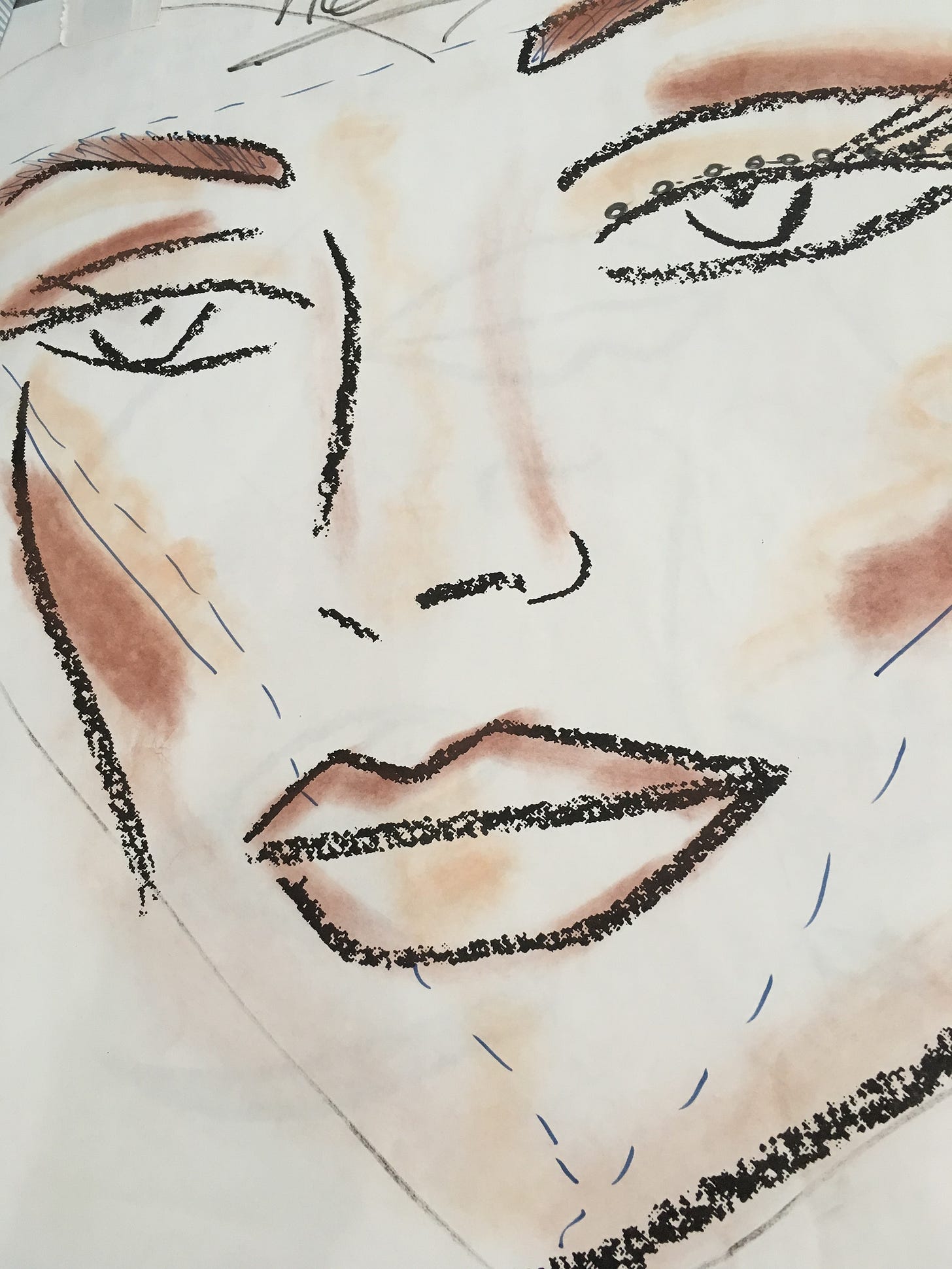Face Shapes: Do They Matter?
I talk a lot about face shapes. I have an online class, lots of content and create workshops around it. But does it really change how we do makeup?
Okay, you voted so here we go. Face Shapes! Let’s get into it.
I will be talking about face shapes over the next several weeks (at least!) as there is so much information to share and discuss. First, we need to look at why the idea of knowing your face shape is even a thing. Is it important to know? Does knowing your face shape change the way you do your makeup? Should we care?
Face Shapes and the Professional Makeup Artist
I have always included face shapes in my basic application classes at Terri Tomlinson Makeup Training Academy and even have a workshop dedicated to that subject. The reason being that understanding the shape of the face in our chair helps us utilize light theory to create balance. It is one of the tools an artist has. To me, color theory and light theory are the most important tools we have in our arsenal.
Many artists don’t use either. I am not sure how many artists actually think about face shape when doing makeup, any more than they might think about color theory. Some use them without thinking about it, it is just something they see and do naturally. I think that is why my color theory in flesh tone classes and tools are so popular. They give an artist a method to use something that is there for them, to work with intention. And the same goes with face shapes. It has become a popular subject in the pro community and more artists are asking for training on it.
Face Shapes and Light Theory
In a nutshell, we use light theory to create shape and balance on the face. Light theory tells us that things that are lighter look closer to us and things that are darker look further away. The idea is that we can create the illusion of shadow and light, hence 3D shape on a flat canvas by using the theory of how light bounces off of objects. To simplify, we create highlights with lighter colors and shadows with deeper, cooler colors.
Keep reading with a 7-day free trial
Subscribe to Makeup Lessons & Color Theory to keep reading this post and get 7 days of free access to the full post archives.


